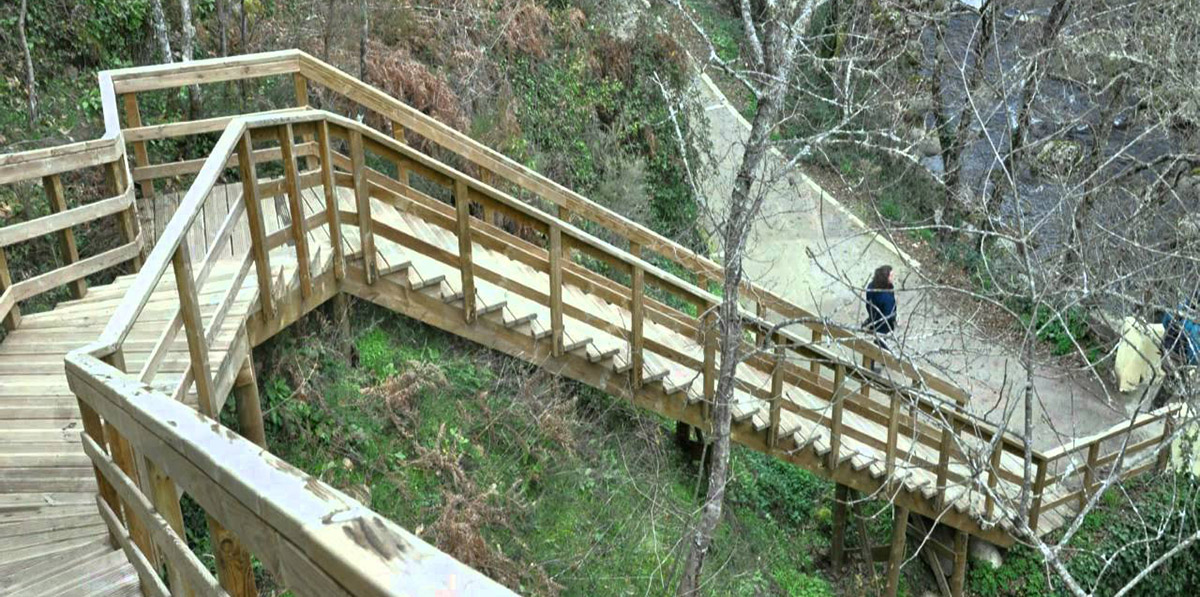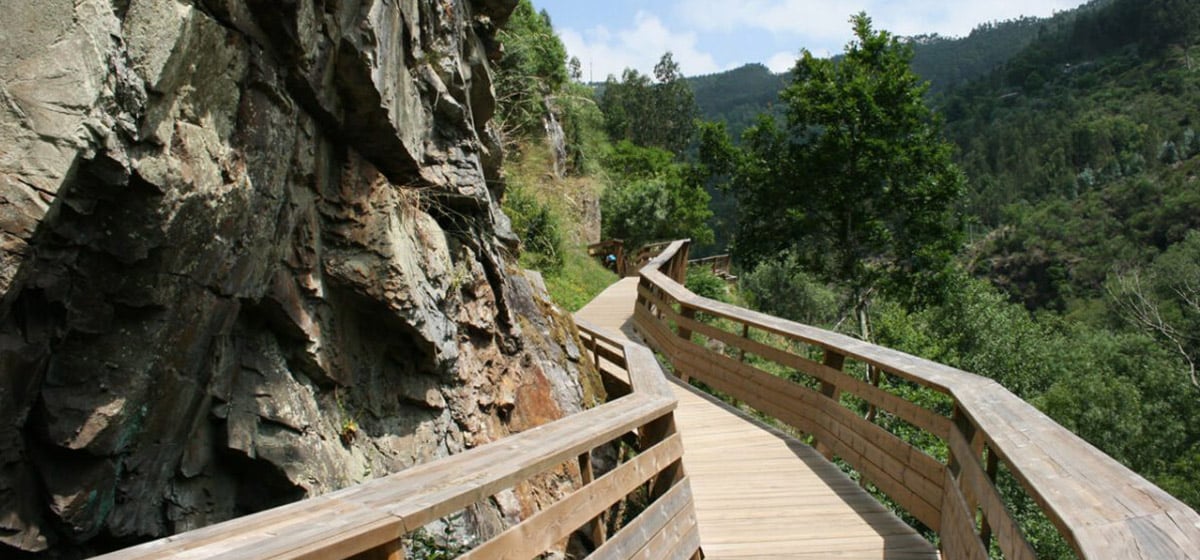
Galicia It has magical destinations and one of them extends through the provinces of Lugo and Orense. We talk about the Ribeira Sacra, a riverside area of several rivers that a few years ago was nominated for the list of World Heritage Sites.
Here, one of the most popular walks is to follow the Mao River footbridges to the Sil river canyon. It is a beautiful path, so today we propose you to know it.
Footbridges of the Mao river
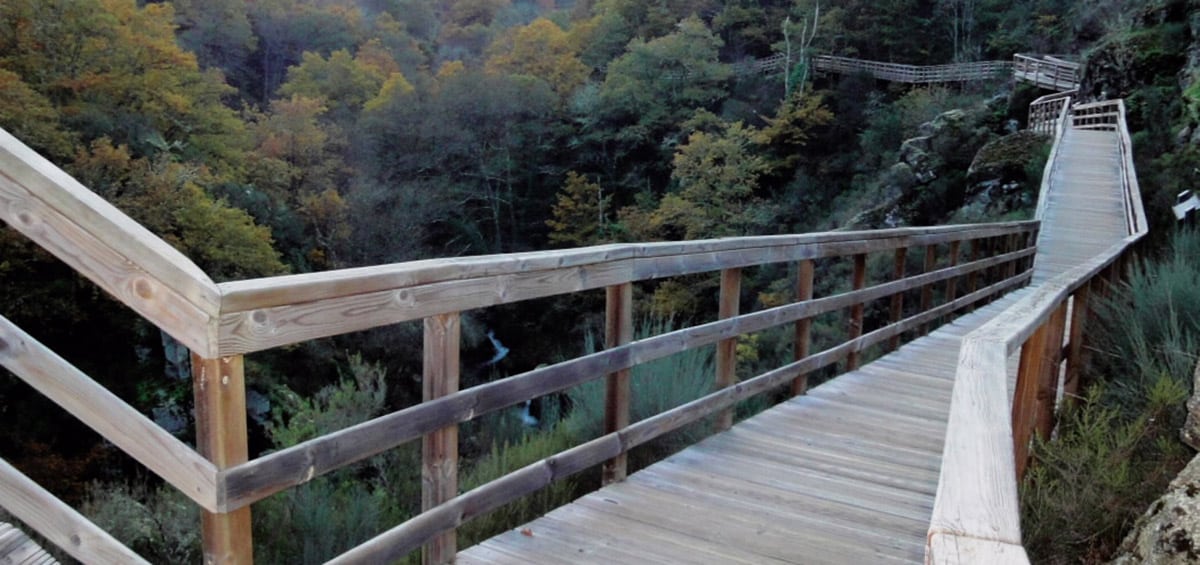
Our tour begins, or should begin, it is the most recommended, at the Ribeira Sacra Interpretation Center. In this area there are many hiking trails and the route of the Mao River Footbridges It is one of the most popular, also forming part of the PR-G177, the famous Mao River Canyon Route.
This route, then, whose correct name is Nature Circuit of the Mao River Footbridge, have a circular layout and travels 16 kilometers ascending through the Mao River canyon, passing through various sites of natural and historical interest, including the Sil River canyon itself. In this center we can find out everything that has to do with the area, its cultural, artistic and environmental treasures.
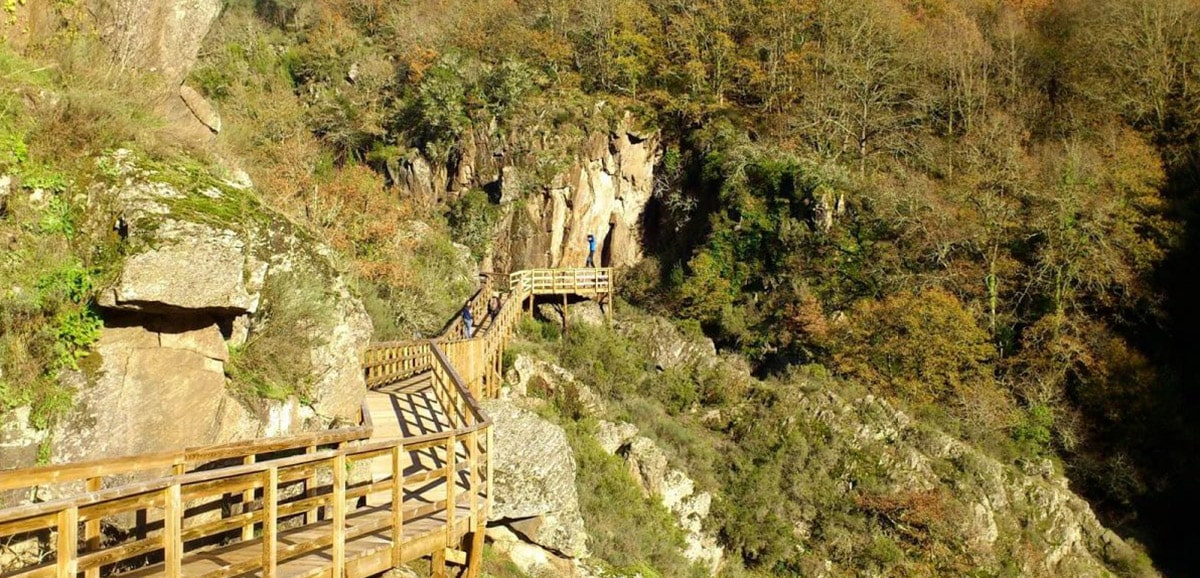
Here in the center, visitors are invited to take a tour of the permanent and interactive exhibition, with a lot of audiovisual content that is displayed before their eyes on touch screens. What was and is monastic life like? Well here you will get answers.
As for the hiking tour, the route is not difficult at all, so it's not that you need to be in outstanding physical condition. The walkways are 1.8 kilometers and there is a difference in level, which is saved with stairs, it is 41 meters.
The starting point is the Fábrica da Luz, in the province of Ourense, a building that once used to be a hydroelectric power station. Today works here a hostel with canteen and next to it there are some explanatory panels with maps on the hiking and mountain biking routes and of course, it is here where you can see the layout of the Mao footbridge route.
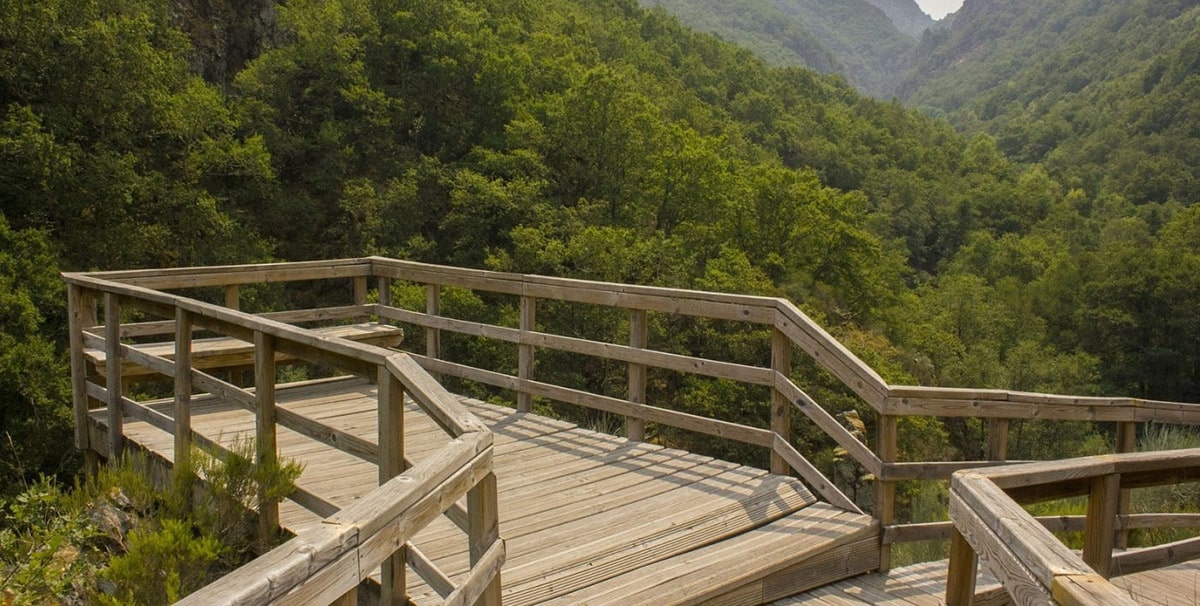
Similar panels are repeated throughout the tour providing information on the local flora and fauna and geological history as well. The route runs parallel to the course of the river until it flows into the Sil river. Although part of the route crosses forests, there are wonderful panoramic views from certain places at height. The route is very well signposted., with yellow and white stripes painted on poles, walls and even trees.
An ideal place to stop to take photos is the viewpoint that is almost reaching the end of the route, with a bench included to rest. The views of the Mao canyon are stupendous. To the information of the wildlife, which changes according to the altitude along the route (there are chestnut, gorse and heather at higher altitudes, and willows and alders at low altitudes), add data on the different human activities that take place in the area.
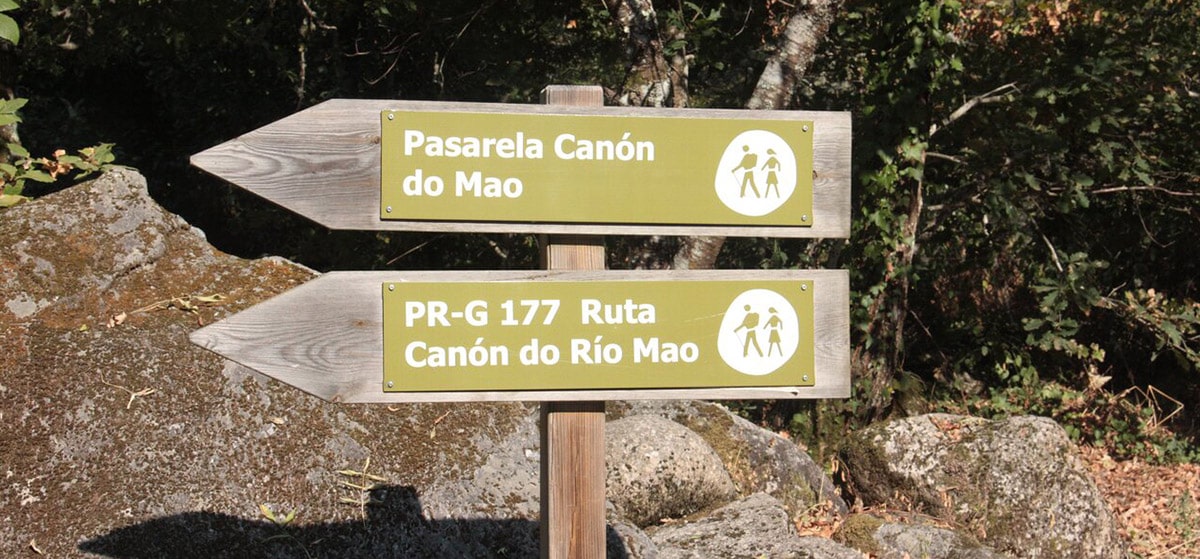
Recall that these Galician lands are famous for their wines so there is a great wine-growing activity. The Ribeira Sacra has a designation of origin so before leaving it you can take advantage of its tasty gastronomy.
Let's resume: The route through the Pasarelas do Mao begins, as we said, at the Fábrica da Luz, you go up a slope and thus reach the medieval necropolis in San Lourenzo de Barxacova. Although it was known that there was a chapel here that had disappeared in the XNUMXth century, when the area was excavated, a necropolis dated between the XNUMXth and XNUMXth centuries was discovered, with anthropomorphic tombs oriented east-west. The missing chapel of San Vítor was also revealed.
This first part of the route, which will be almost two kilometers, goes through some wooden footbridges that cross the Mao river canyon, between rocky walls, and if you widen it a little more, you will reach San Lourenzo. This section ends by descending some steps to a bridge over the river itself, which, be careful, must not be crossed.
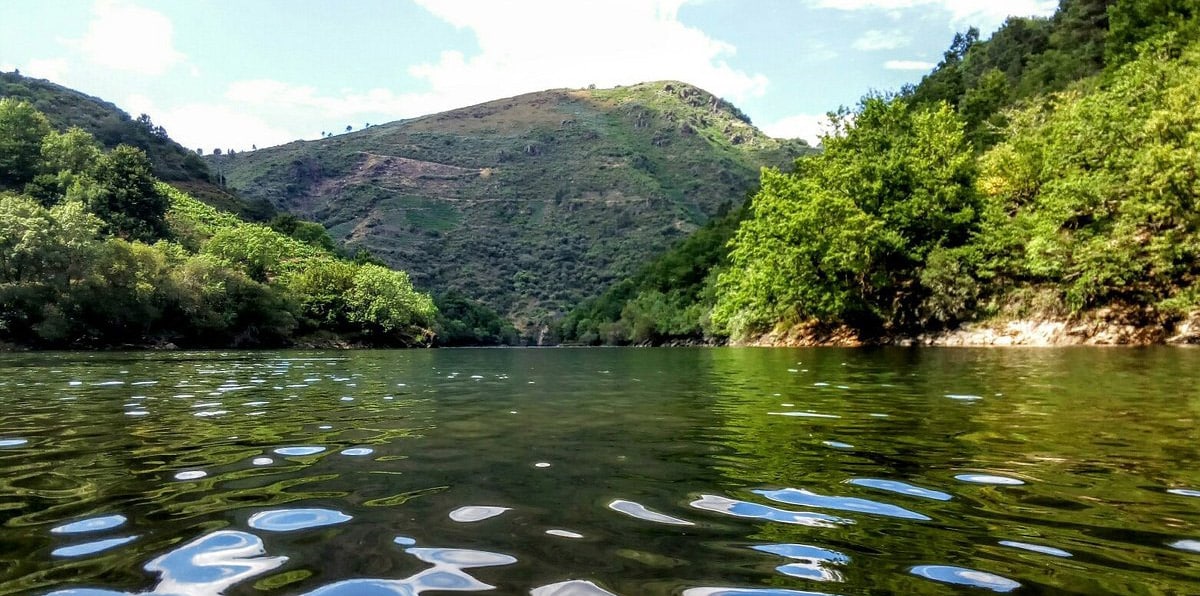
Luckily from here we do not go up as much and the signs indicate a somewhat narrow path, always following the course of the Mao River, but which offers wonderful views. As we leave the canyon and these footbridges behind, our steps enter fields of grass and crops. If you dare to go a bit off the marked route and if the river has little water, you will see its rocky bed and you can walk a bit until you reach the Mao fluvial beach, a sector of the San Estevo reservoir.
Here, depending on the water level, you may or may not see the remains of very old houses and vineyards, and far away, the canyons of the Sil River where the Mao flows. Returning to the route, the route also allows us to visit towns such as A Miranda or Forcas until we return to San Lourenzo, with views of the Sil canyon, to then go down to the course of the Mao river.
And there then we climb a wooden footbridge, which luckily is always maintained, anchored to the slope of the gorge, and we go along the river returning to our starting point. If we cannot go up and down so much, it is always possible to do the circular route alone, starting and ending in San Lourenzo. If not, the most popular route is the one that goes up to San Lourenzo de Barxacova, with a seven-kilometre round trip.
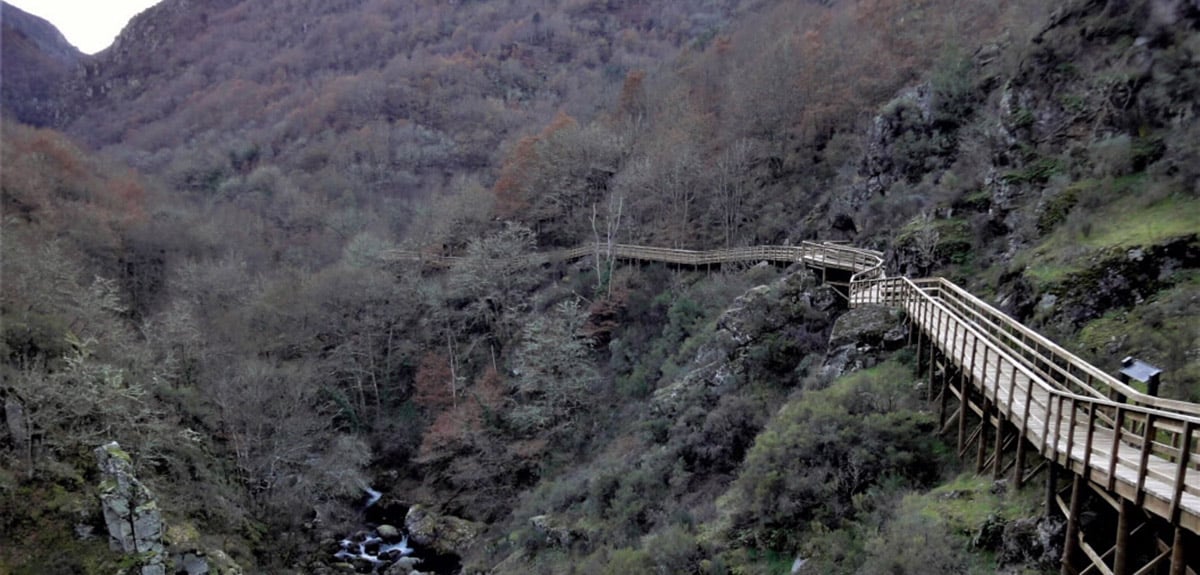
As we said above, the area has chestnut, walnut, apple and vineyards so it's beautiful. If you are in good physical condition and like to walk you can always get off the trail, explore and return to it as many times as you like. You will not stop discovering fantastic places.
This walk through the Footbridges of the Mao river in the Ribeira Sacra can be done at any time of the year Or is there one that we should avoid? Well, the truth is that walkways and ramps are open all year, but like any outdoor activity the best times are summer and autumn. Spring is somewhat rainy, so autumn is an ideal time because it turns the landscape ocher, gold, yellow, full of leaves. And the summer, well, the Galician summer is indeed beautiful.
